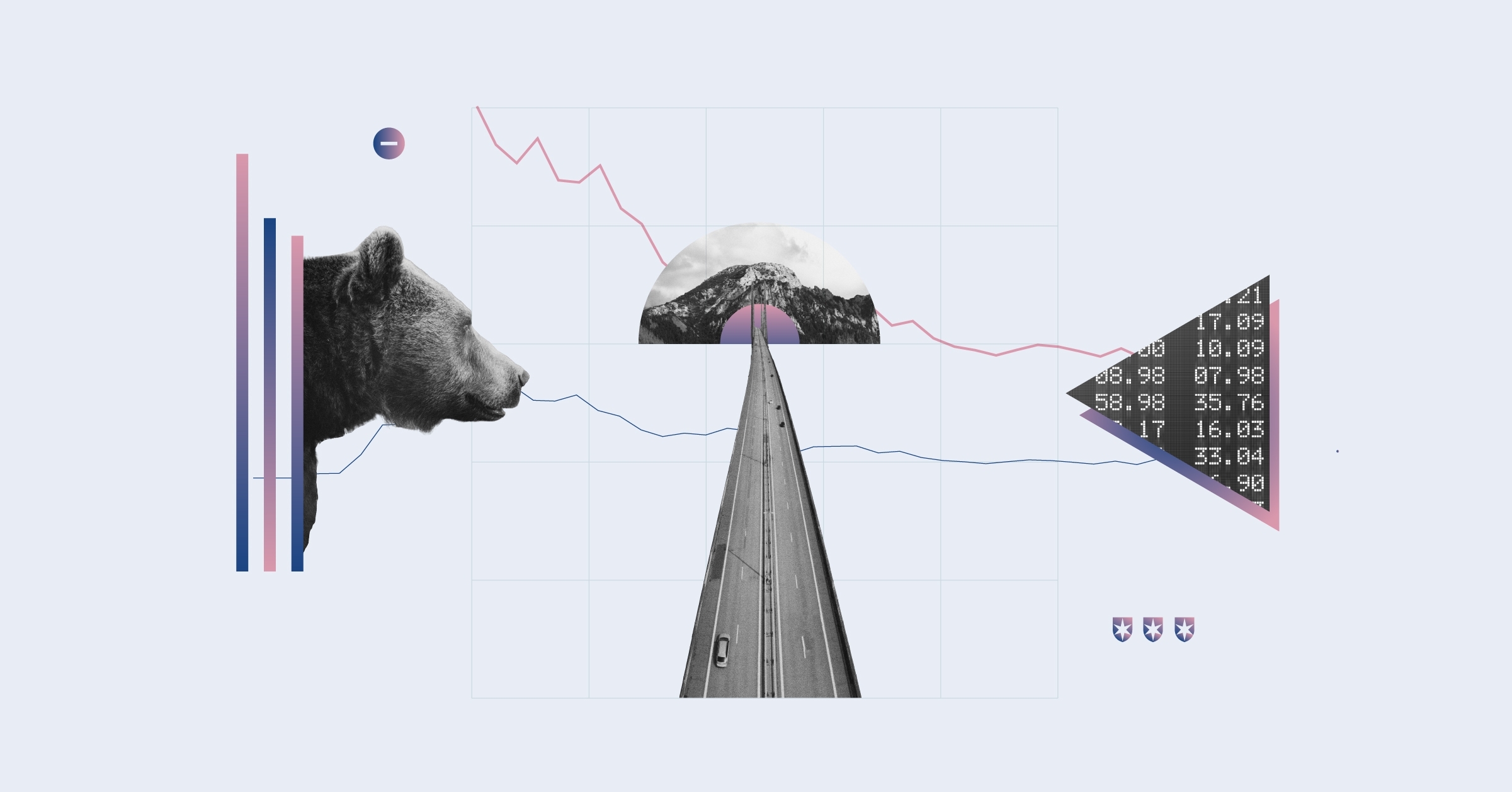
Markets are eyeing major interest rates decisions this week, with the Federal Reserve, Bank of England and the European Central Bank all due to announce interest rate decisions on Wednesday and Thursday. This should also set the pace for the euro, which has recently staged a recovery against the US dollar. Meanwhile, stock markets from Frankfurt to New York to Shanghai have posted impressive gains in recent weeks. Here is a look at the markets in five charts.
European stock markets got off to an upbeat start in the new year. The Stoxx 600 posted the best total return performance by year since the index began in 1987, Deutsche Bank Research said in a research note. Europe's stock markets even outperformed the US market, and Morningstar France editor Jocelyn Jovène explains why. UK markets have been on a similar trajectory, as UK senior editor James Gard reveals.
Despite the devastating war in Ukraine and the resulting macroeconomic uncertainties, there are several reasons that support the recent upward trend on stock markets.
"China’s reopening, lower energy prices and cooling inflation reinforce our long-term positive view on equities", the BlackRock Investment Institute (BII) said in its weekly commentary. “Yet we think market optimism has come too soon.”
“We think investors betting on Fed rate cuts later in the year are likely to be disappointed – even as a recession is foretold and we start to see more economic damage from their policy overtightening", the analysts at BII say. Studies show that it often takes more than a year for the impact of interest rate hikes and/or liquidity shortages to fully affect the real economy, the analysts add.
The next few days will shed some light on central bank intentions. ECB president Christine Lagarde and the governor of the Dutch central bank Klaas Knot made it clear at the World Economic Forum in Davos that they want to stick to the interest rate increases of 0.50 percentage points each at the upcoming meetings in February and March.
Interest rates will also set the tone for the development in currency markets. The US dollar performed very strongly in 2022 against the euro and other major currencies due to higher US yields and weak risk appetite. The trade-weighted dollar index (DXY), for example, rose by around 10% last year.
But as George Saravelos of Deutsche Bank Research highlights, the EUR/USD decline has been driven entirely by a broad dollar rally and not by specific euro factors. For example, the market has hoarded a huge amount of dollars in recent months – comparable to the periods surrounding Lehman Brothers’ collapse, Covid or Trump's trade war. This has led to a significant dollar overvaluation, he argues.
The euro even slipped below parity with the US dollar at the end of September, but has since stabilised significantly. The biggest risk to reverse this trend, in Deutsche Bank's view, is any major global risk aversion event leading to an even more extreme repricing of the dollar risk premium.
Similarly, Amundi analysts expect the US dollar to depreciate this year. The dollar had one of its strongest rallies ever in 2022, the asset manager says. “Risk-averse assets fell, uncertainty turned into volatility, and all G10 currencies suffered, without exception. The positive surprises in US inflation and the possibility of a lower Fed rate hike recently acted as a violent reality check. The dollar correction was enormous,” the asset manager points out.
Meanwhile in the eurozone, too, hopes are growing that inflation rates will rise less sharply in the future – and the latest data pointed in the right direction. The main reason is lower energy prices. On the Dutch TTF, for instance, natural gas for next-day delivery last traded at just over €58/MWh, the lowest since before the war in September 2021. My colleague Valerio Baselli looks in depth at the dynamics in the energy market.
Similarly, oil prices have also come down a long way from their summer highs. Lockdowns in China, weather effects and subdued industrial activity slowed demand in OECD countries.
However, according to the International Energy Agency (IEA), this is likely to reverse as the two wildcards Russia and China weigh in. "Global oil demand is set to rise by 1.9 million barrels per day (bpd) in 2023, to a record 101.7 million bpd, with nearly half the gain from China following the lifting of its Covid restrictions," the agency’s demand forecast says.
At the same time, OPEC+ supply is expected to decline due to the lack of Russian volumes. “World oil supply growth in 2023 is set to slow to 1 million bpd following last year’s OPEC+ led growth of 4.7 mln bpd.”
However, non-OPEC+ countries are likely to step in.“The US ranks as the world’s leading source of supply growth and, along with Canada, Brazil and Guyana, hits an annual production record for a second straight year,” the IEA says in its January 2023 Oil Market Report.
With regards to China, Beijing reset industrial policy in December when it staged an 180-degree turnaround in pandemic policy. The abrupt end of the lockdown measures initially led to high Covid rates in December, which resulted in slower service business as well as worker shortages in industrial production.
"Despite the weakness, December might be the bottom of the Chinese growth trajectory in the near term. High-frequency indicators are pointing to quick recovery of economic activities as the infection has probably peaked across the country," said Chaoping Zhu, global market strategist at JP Morgan Asset Management. For example, some indicators are already pointing to a quick recovery in economic activity, as infection figures are likely to have peaked.
With the end of the lockdowns and in light of policy stimulus, the Chinese economic recovery should also prove sustainable in 2023. "Service sectors should be the early beneficiary when pent-up demand is released. Sales of consumer goods might also pick up due to improving confidence and continued policy support," Zhu says. In addition, households have accumulated cash during the years of the pandemic. This renewed optimism is making itself felt in the equity markets. The Morningstar China Index is up about 13% from early December, and a whopping 40% from its low in late October.





























